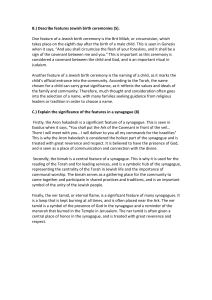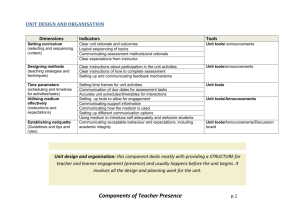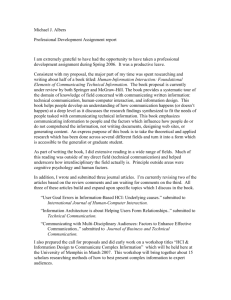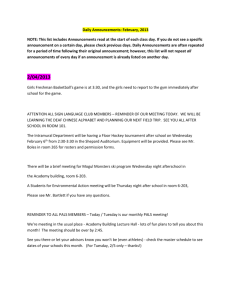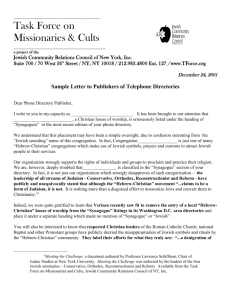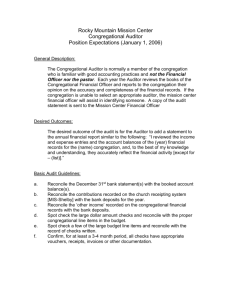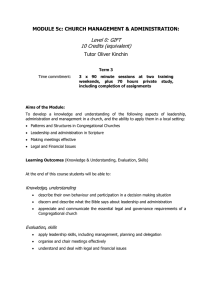What should we be communicating?
advertisement
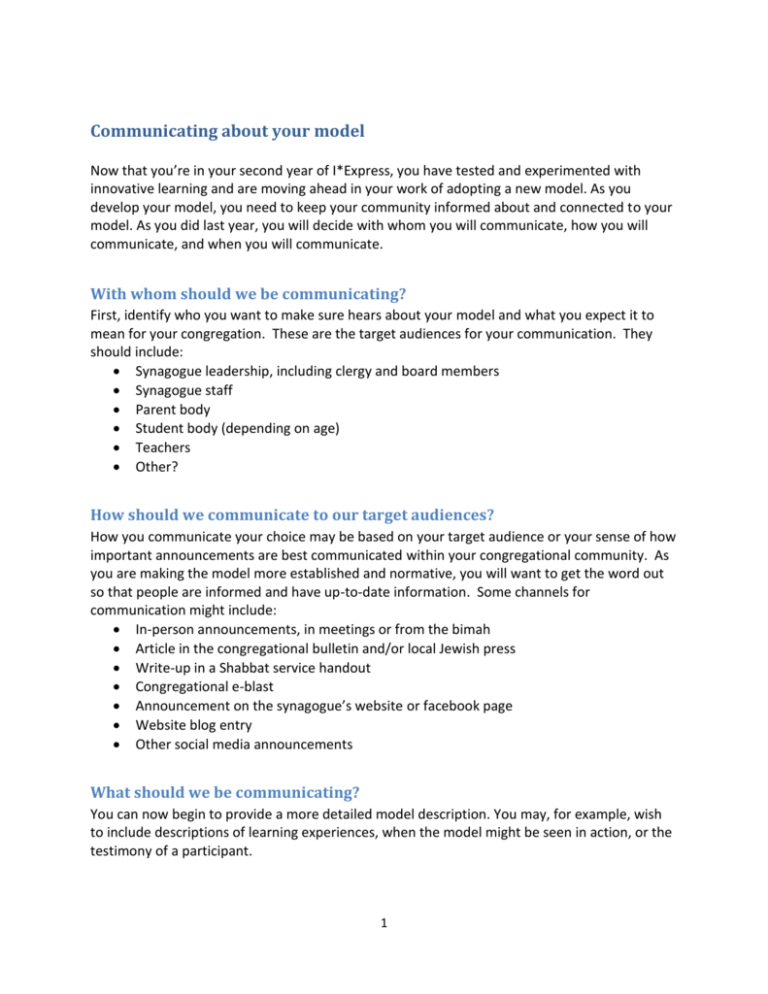
Communicating about your model Now that you’re in your second year of I*Express, you have tested and experimented with innovative learning and are moving ahead in your work of adopting a new model. As you develop your model, you need to keep your community informed about and connected to your model. As you did last year, you will decide with whom you will communicate, how you will communicate, and when you will communicate. With whom should we be communicating? First, identify who you want to make sure hears about your model and what you expect it to mean for your congregation. These are the target audiences for your communication. They should include: Synagogue leadership, including clergy and board members Synagogue staff Parent body Student body (depending on age) Teachers Other? How should we communicate to our target audiences? How you communicate your choice may be based on your target audience or your sense of how important announcements are best communicated within your congregational community. As you are making the model more established and normative, you will want to get the word out so that people are informed and have up-to-date information. Some channels for communication might include: In-person announcements, in meetings or from the bimah Article in the congregational bulletin and/or local Jewish press Write-up in a Shabbat service handout Congregational e-blast Announcement on the synagogue’s website or facebook page Website blog entry Other social media announcements What should we be communicating? You can now begin to provide a more detailed model description. You may, for example, wish to include descriptions of learning experiences, when the model might be seen in action, or the testimony of a participant. 1 In the interest of giving your new model a unique identity in your congregation, you may have given it a name. Whether English or Hebrew, a name can help to distinguish your new model from your existing school model. Some congregations have even developed a graphic logo that brands their new model and acts as a visual alert for all communications. Below are several suggestions of ways you can craft your communication. You may want to choose one or create your own hybrid. Suggestion #1: Build your announcement around the answers to these questions: What have we decided? Why did we make this decision? How will it impact the target audience? Suggestion #2: Build your announcement around the answers to these questions: What do you see as the challenge that needs addressing? Why should the target audience care about this challenge? What is your solution (choice of model) and how does it address this challenge? What evidence do you have that your solution will address this challenge? What can the target audience expect will change as a result of your solution? Suggestion #3: Based on feedback received over the years, describe what was/is lacking in the target audience’s childhood experiences of Jewish learning Affirm those deficiencies and add the team’s input Describe how the new model will address these combined concerns Consider including in your communication an overview of your timeline, the names of your I*Express team members and contact information if someone has questions about your plans. 2

